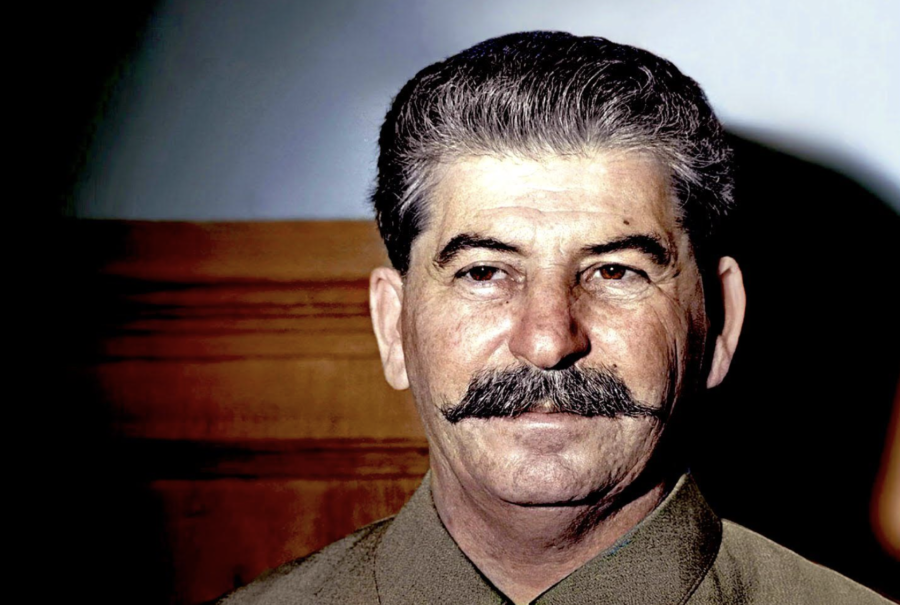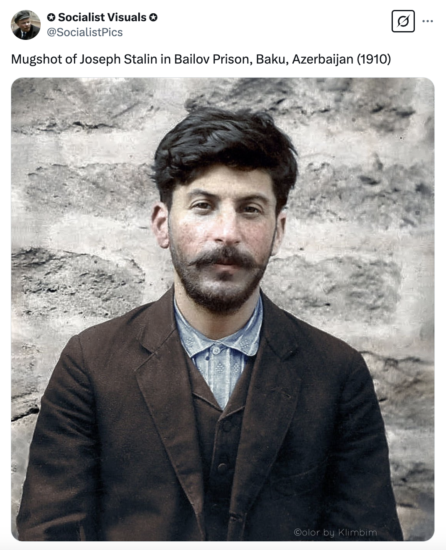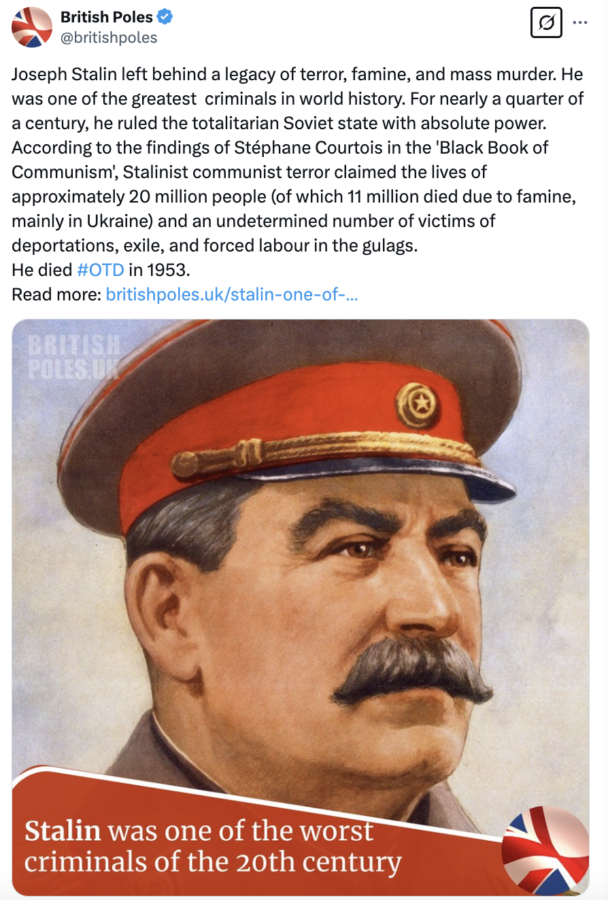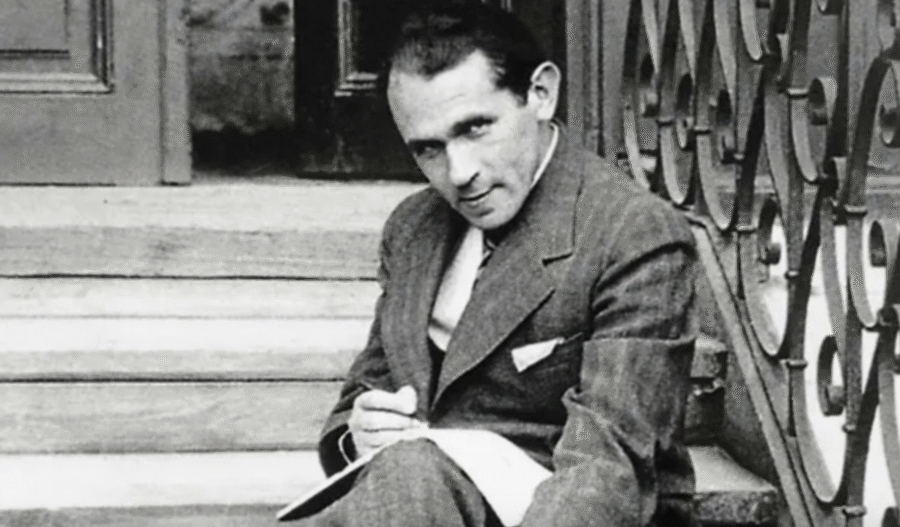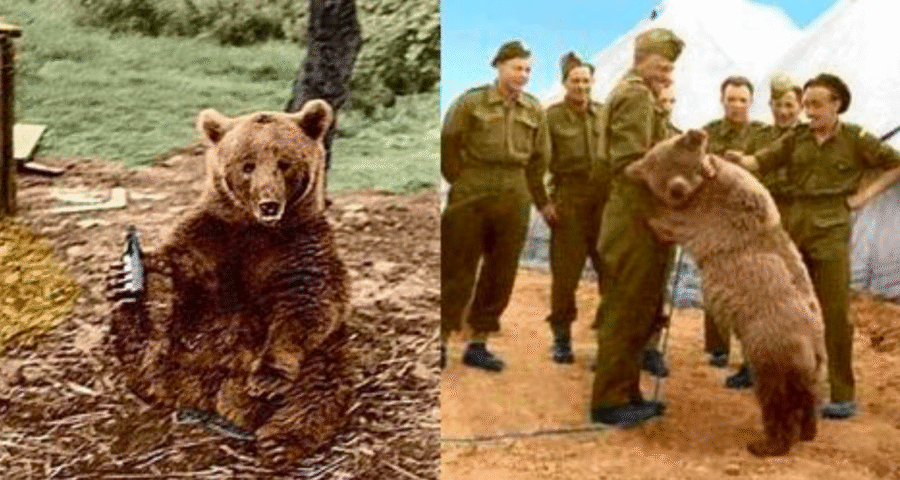Born as Iosif Vissarionovich Dzhugashvili on 18 December 1878 (or 6 December under the old Russian calendar), Stalin grew up in a poor family and initially studied in a religious seminary before embracing Marxism. He became involved in Vladimir Lenin’s Bolshevik movement and played a crucial role in the Russian Revolution of 1917, which overthrew the Tsarist government and led to the creation of the Soviet state.
Stalin ruled the Soviet Union from the mid-1920s until 1953. Stalin’s dictatorship was characterised by brutal political purges, forced collectivisation of agriculture that led to the deaths of millions, and other harsh policies. Under his rule, the Soviet Union emerged as a global superpower but at an unimaginable human cost.
After Lenin died in 1924, Stalin outmaneuvered political rivals, including Leon Trotsky, to consolidate his power. By 1928, he had established himself as the undisputed leader of the Soviet Union, launching a campaign to industrialise and collectivise the country through often ruthless means.
One of Stalin’s most devastating policies was forced collectivisation, which sought to bring private farms under state control. This move met strong resistance from peasants, especially in Ukraine, where the Soviet regime responded with severe repression.
The result was the Holodomor, a man-made famine from 1932 to 1933 that claimed an estimated 3 to 5 million lives in Ukraine alone. Millions more perished in Kazakhstan and other Soviet territories under similar policies.
The famine was made worse by Stalin’s orders to confiscate grain and livestock from starving populations and restrict movement from famine-stricken areas.
In the late 1930s, Stalin launched the Great Purge, a campaign to eliminate perceived political enemies within the Communist Party, the military, and the general population. The purge reached its peak between 1936 and 1938, during which hundreds of thousands were executed or sent to the Gulag, a vast network of forced labor camps.
Over a million are thought to have died during this period, and millions more were imprisoned, tortured, or deported to Siberia, where large numbers perished.
Joseph Stalin’s paranoia and ruthlessness knew no bounds, extending even to those who might have been considered his ideological allies. Among his many crimes, one of the least known but most devastating was his decision to eliminate Polish communists in the 1930s.
This massacre culminated in the Polish Operation of the NKVD (1937–1938), a genocide targeting ethnic Poles within the Soviet Union.
Stalin’s crimes were not confined within Soviet borders. In 1939, he signed the Molotov-Ribbentrop Pact with Germany, an agreement that led to the invasion and division of Poland between the two powers. After the Soviet occupation of eastern Poland, Stalin ordered the execution of over 22,000 Polish officers, intellectuals, and prisoners of war in what became known as the Katyn Massacre (1940).
Poles were also deported from the Eastern Borderlands of the 2nd Polish Republic and relocated into slave labour sites around the Soviet Union.
Stalin’s ruthless policies persisted throughout World War II. His tactics included the mass deportation of ethnic minorities such as Chechens, Crimean Tatars, and Volga Germans under the pretence of their alleged collaboration with the enemy. Hundreds of thousands perished during these forced relocations. Additionally, Soviet soldiers were often sent into battle without adequate supplies, and those who attempted to retreat were executed by their officers.
The Gulag system, which had existed since the 1920s, peaked under Stalin’s rule, with an estimated 18 million people passing through these forced labor camps. Conditions were brutal, with prisoners subjected to starvation, extreme cold, and backbreaking labor. The number of deaths in the Gulag is estimated at 1.5 to 2 million.
Joseph Stalin died on 5 March 1953, after suffering a stroke. His death marked the beginning of de-Stalinisation, as his successor, Nikita Khrushchev, denounced his crimes in a secret speech in 1956.
While Stalin is still admired by some in Russia as a leader of the Soviet Union who led the country to victory in World War II, the human cost of his rule—estimated at 15 to 20 million deaths—makes him one of history’s worst mass murderers. His policies left a legacy of fear, oppression, and suffering that shaped the Soviet Union and modern Russia.
Source: IPN
Photo:@craigscruggs33
Tomasz Modrzejewski


